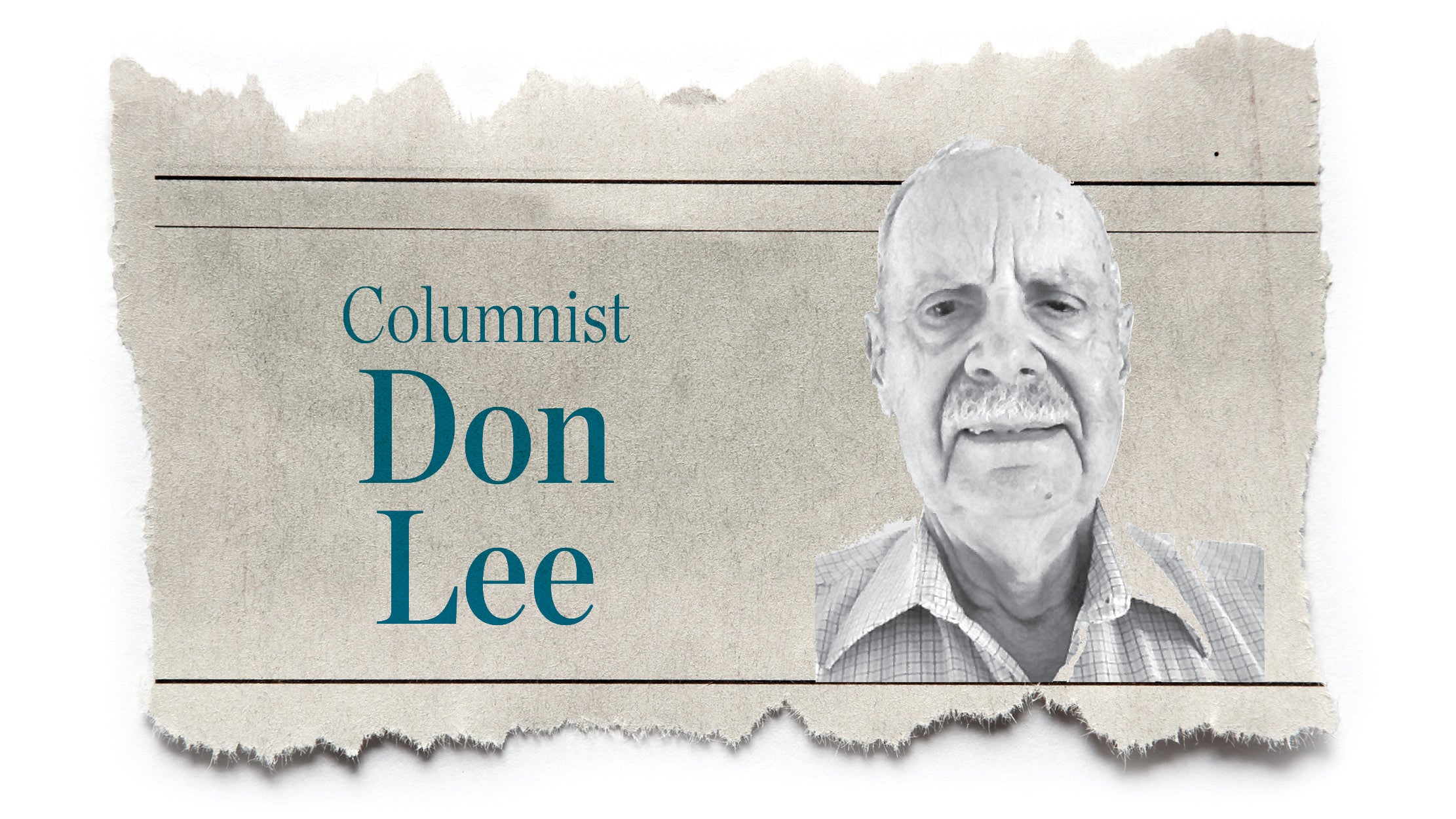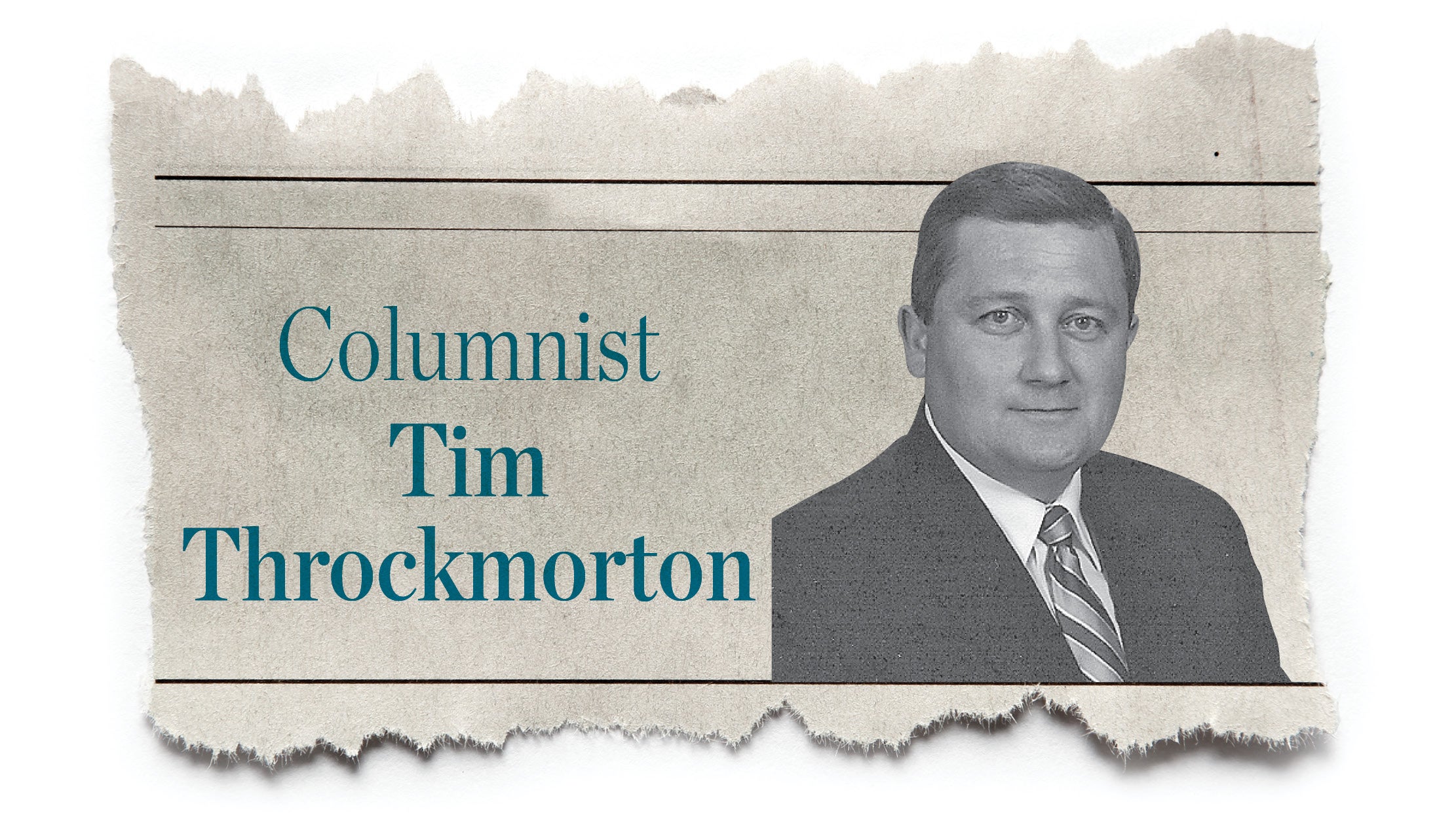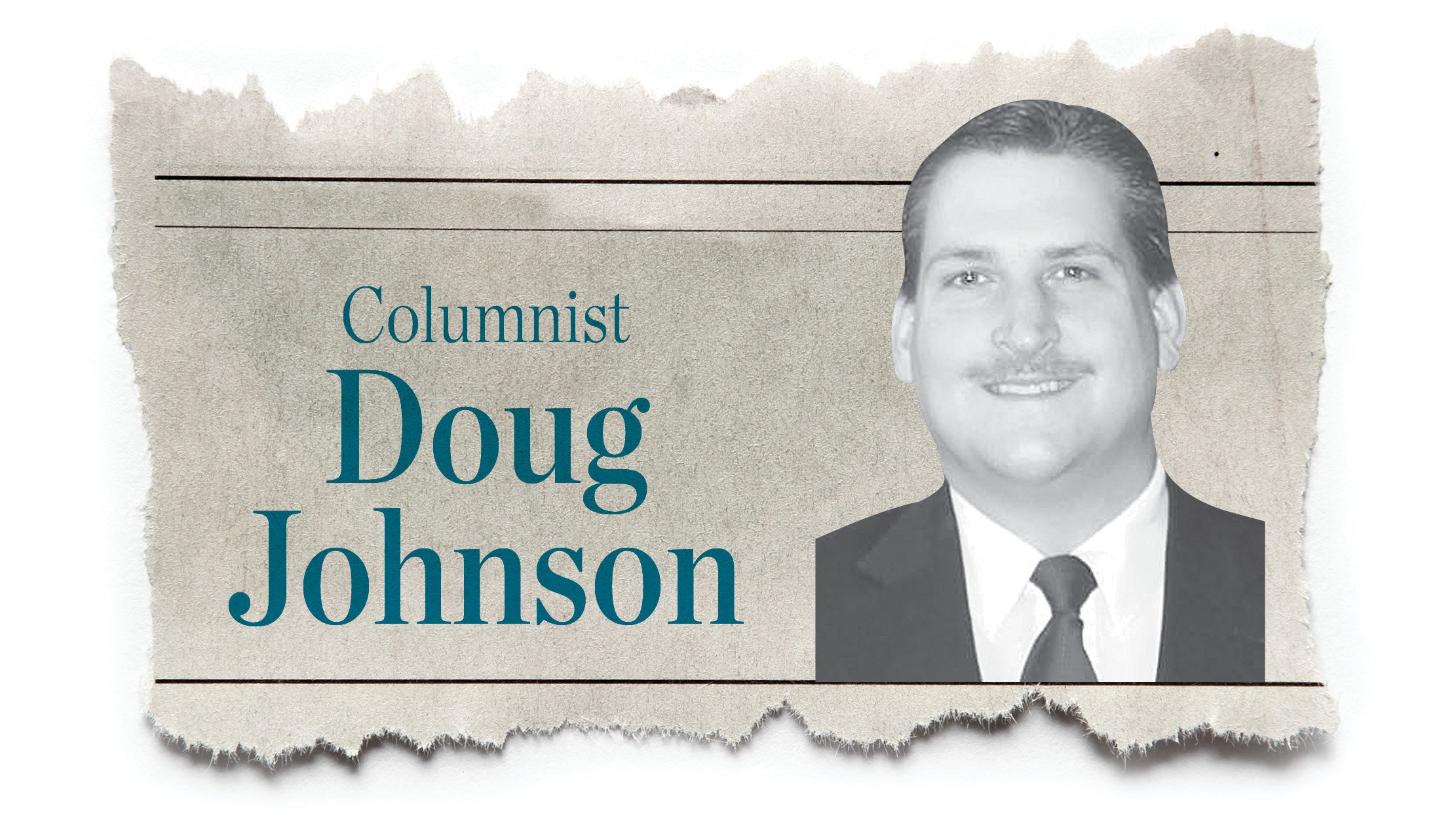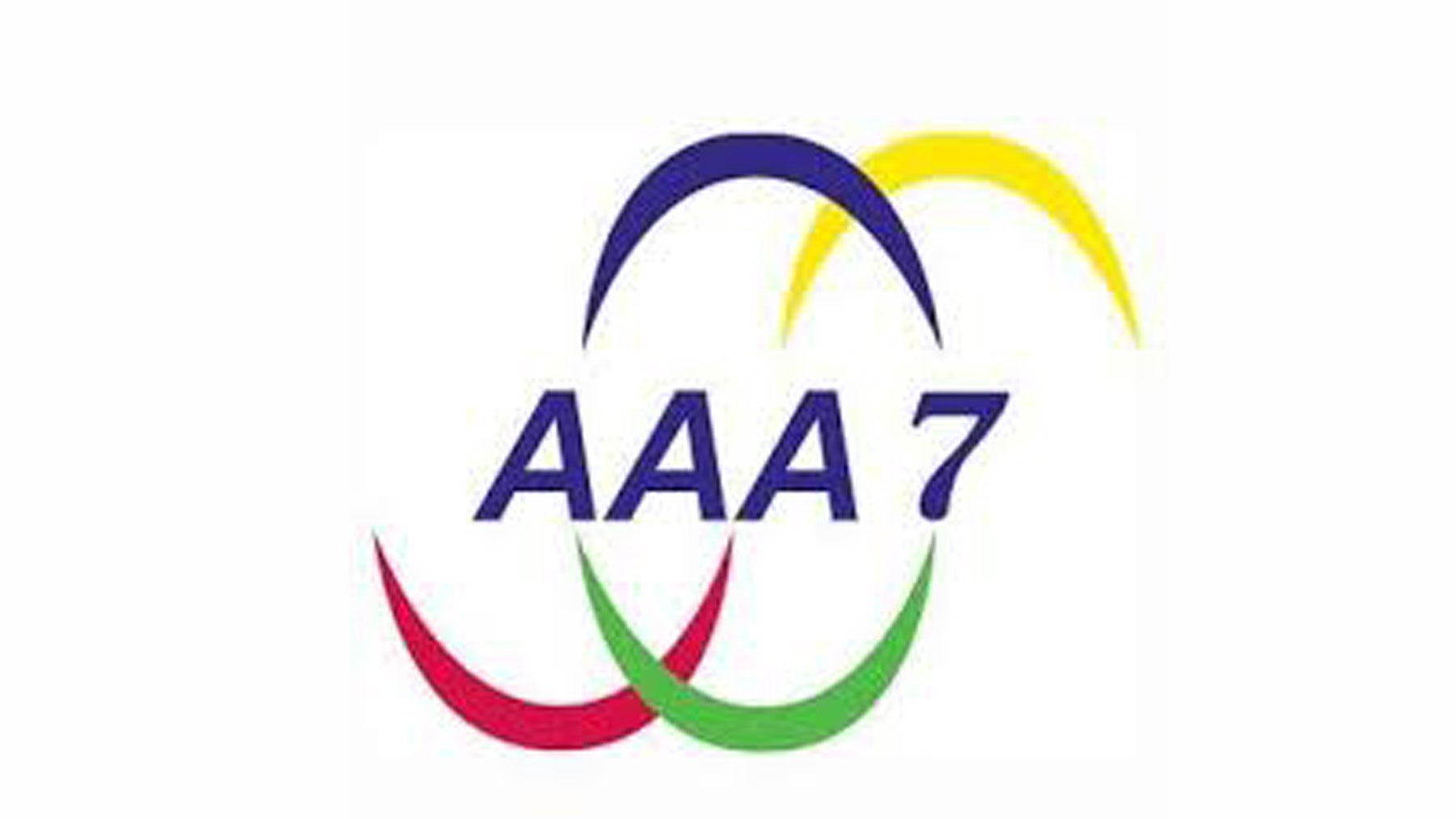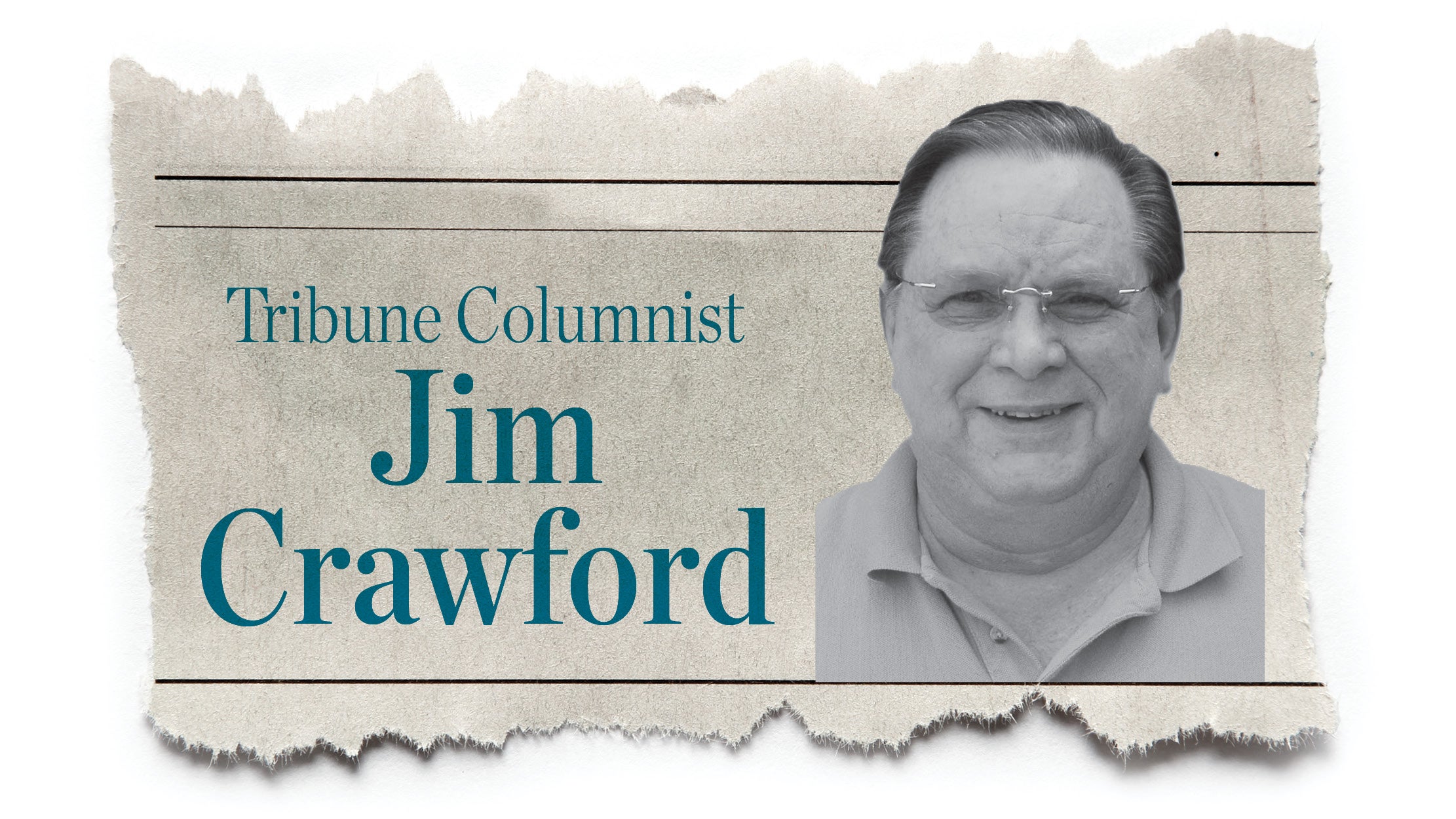Barnstormers, others helped Lawrence County Airport
Published 5:55 am Monday, March 22, 2021
EDITORS NOTE: Don Lee is taking a break from his column this week, so we are republishing this piece, which originally ran on Oct. 5, 2019.
I will tell you about some of the famous and near-famous people who have contributed to the success of the Lawrence County Airport.
The first one that comes to mind is Capt. Paul Riddle. He was a native of Pikeville, Kentucky, where he graduated from Pikeville College. He also attended the Naval Academy for one year, but he had fallen in love with the relatively new flying occupation.
He joined the Army Flying Service, where he not only learned to fly, but also how to repair the planes. His goal upon leaving the service was to be a “barnstormer” in a “Jenny” like our Bill Lambert.
In 1925, he teamed up with T. Higbee Embry to form the Embry-Riddle flying school. A little later, on Labor Day 1929, he opened a flying school at Lawrence Country Airport and was the manager there for a while.
The Embry-Riddle flying school was headquartered at Lunken airport in Cincinnati. They were bought out by Aviation Corporation (AVCO) of Delaware. AVCO phased out the Emby-Riddle Flying school in1930 and then became American Airways, now known as American Airlines.
Capt. Riddle wanted to get back in the flight training business, but Embry was not interested. Riddle then teamed up with John McKay and wife Isabel. They retained the Embry-Riddle name. This turned into the world’s largest accredited university for aviation and aerospace.
The university serves more than 22,000 students on line and at 130 campuses. It has 40 degree programs in many areas of aviation education. One of its most famous alumnus was President John F. Kennedy.
Another near-famous connection to Lawrence County Airport was Howard Mayes Sr.
He was a fighter pilot from WWI. He was flying a recon mission in 1918 with his observer when he was set upon by a few German fighters.
He was shot down and his observer, who also manned the machine gun, was killed.
Mayes was shot in the upper neck and leg, but managed to crash land his plane without killing himself. He was on the German side of the lines and they rescued him. They put him in the hospital for several weeks while he recovered.
I was a good friend of his son, Howard Jr., who told me that his father had nothing but praise for his captors for the care they gave him. No doubt, they saved his life.
After he left the hospital, he was sent to a prison camp for a short time, since it was near Armistice on Nov. 11, 1918.
The Germans gave him the privilege of leaving the prison camp during the daylight hours, but they promised he would be shot on sight if he attempted escape.
Howard Sr. managed and promoted Mayes Field as it was known in those days for 10 years, starting in the 1930s.
In his tenure, the Flying Club had more than 500 members as noted in the Huntington newspaper, The Advertiser.
At the end of prohibition, he trucked in kegs of beer and invited the Tri-State area to celebrate with him. I don’t think there was much flying that day. He was quite a promoter.
Don Lee, a pilot flying out of Lawrence County Airport since 1970, has been in charge of equipment and grounds maintenance for the last several years. He can be reached at eelnod22@gmail.com


